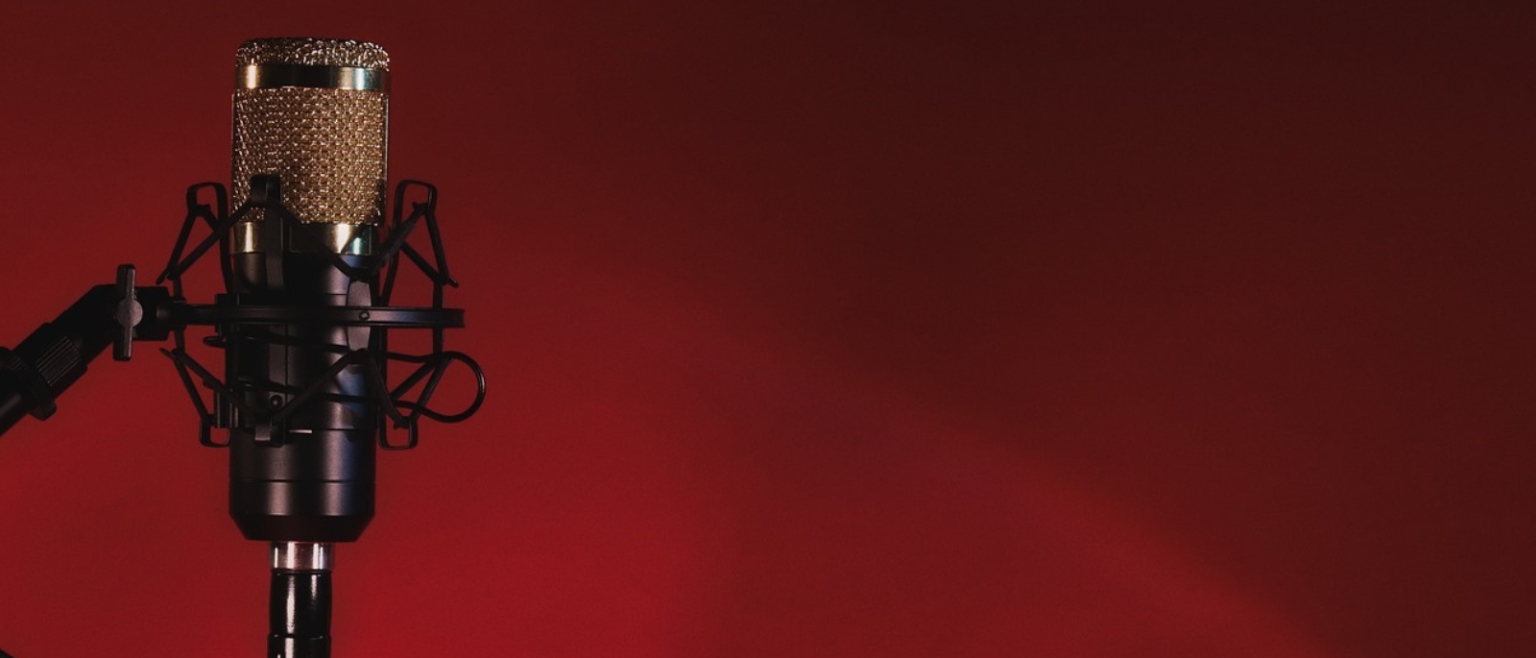IBC 2025 | Meet us in Amsterdam from 12 to15 september 2025

Subtitles on my podcasts? And why not!
29 june 2021
In February 2021, the French listened to or downloaded 93.6 million podcasts worldwide (source Médiamétrie). Digital audio is a medium that has developed strongly and deserves our full attention!
If listeners are listening to podcasts more and more, it’s because they appreciate its easy to consume format. It’s a medium that accompanies the listener in his or her daily life: in the car, on public transport, in sport, on a walk, working on a computer, etc. As a result, podcasts represent a simple and effective way of reaching a large audience: 81% of podcasts are listened to, according to Médiamétrie, and 9 out of 10 people continue listening to a podcast after the first episode (source: Opinion Way ).
n addition to its convenient format, this type of media offers completely different content from what is usually seen on videos or blogs. The message conveyed is more human and personal, and fosters a climate of trust between the audience and the creator of the podcast. This notion of proximity makes it possible to offer a real listening experience to listeners.
Thanks to the voice, they feel the emotions and can imagine their own images, like in a book. The message is very easy to remember: 74% of listeners remember a brand mentioned in a podcast, according to the Midroll 2018 study.
In order to optimise the means of listening, podcasts are generally available on several platforms: SoundCloud, Deezer, Spotify, YouTube, social networks, etc. Social networks are an excellent way to promote a podcast and expand its audience. Communities are often looking for educational, pedagogical and informative content. The audience wants to obtain qualitative information quickly and easily. This is why the podcast has gained its place on social media. It informs interactively on different topics such as world news, customer opinions and feedback, experts’ words, news in France, testimonials etc.
Transcription to extend the reach of podcasts
However, it is not easy to share purely audio content when the platforms are mainly visual. Not to mention that the audio format effectively excludes an important audience, the deaf and hard of hearing, who represent 16% of the French population (source Surdi.info).
Podcasts must then be transformed into visual content, more specifically into video. This is the format most favoured by the communities. Once your podcast has been turned into a video, it is important to make it accessible to a wider audience.
The best solution? Transcribing the audio and adding subtitles! In addition to making the podcast easier to consult, subtitles will improve organic search on web and video platforms, and therefore the visibility of your podcasts thanks to keywords. Thanks to the transcript, it is then easy to translate the subtitles into several languages, to further extend the podcast’s international reach.
How to add subtitles to your video podcast?
Our EoleCC solution meets 3 needs: transcription in the language of the podcast, translation into 120 languages and subtitle overlay.
HOW IT WORKS
1/ Upload your video podcast to www.eolementhe.com
2/ Choose the podcast language and any desired translation languages: transcription and translations are done automatically.
3/ Correct and validate the generated texts
4/ Your video podcasts with embedded subtitles are ready, in all the selected languages! You also have access to the subtitle file (.srt format).
In short, subtitling your podcasts is a no-brainer: more visibility, better accessibility and access to an international audience!